What happens when an artwork is specified as “Not for Sale”? What are the reasons for refusing to exchange the work for money?
In our June #7 issue, we consider not just what we make, but also why we make. Do we make to put bread on the table every day, with the prospect of fortune sometime in the future? Can we treat seriously something that is made with no economic value? One advantage of selling work is that it is then put into circulation and can be seen in homes, museums and auction houses. This exhibition provides an opportunity to look at works that were made without expectation of financial reward.
Or call received an amazing response. We present below the best 50 submissions. If you think any of the works shouldn’t be here, please left a comment at the bottom of the page. Enjoy, for free.
Xiaohui Yang (Brisbane Australia)
I have used copper wire to draw out the line of negative space between the fingers and these lines not only suggest rhythm, movement and gestures, but also show the existence of the intimate space between parts of the art piece and parts of the human body.
WALKA (Santiago de Chile (activation of the pieces: Santiago de Chile, Melbourne-Australia, Imatra-Finland, Buenos Aires-Argentina, Atacama Desert-Chile)
“The creator gives the power to give to him who has everything he wishes”. Fertility not only refers to the reproductive capacity of beings, plants, animals or humans, it is also becoming, development, creativity, evolution and movement that rejects inertia and advances life. Thus we can refer to the Greek myth of the Cornucopia or Horn of Plenty, which has been depicted as a symbol of abundance for some Eastern and Western cultures, that is still present and has taken shape in the collective imagination as a recurrent symbol which is usually depicted as a horn-shaped container overflowing with flowers, beads or other things that symbolize wealth. The horn is a material that is closely linked to my origins, because my grandfather and my father used to make their craft as a form of family subsistence. In that sense, this material is representative of my prosperity and good fortune in my family also has meant the development, creativity and movement, “fertility”. This encounter with my origins through the material (horn) is interesting if we think it preserves the past, because inevitably magical powers were attributed to the form or material. In this sense, the unconscious form of my amulet is loaded with power. The material was always there waiting for someone to transform it and again inevitably it always symbolizes fertility, abundance, prosperity and creativity. The amulet pendant is treasured in the heart and its form expresses an unconscious gesture, the live movement, like a living seed about to germinate. The materialization of this connection is performed with a ritual. This act provides a structure, order and meaning to people’s lives, says the conviction, so it is important that the object-amulet in this act be enshrined as an object of power to allow the will connected with the divine to be able to materialise its desire.
http://www.walka.cl
Varuni Kanagasundaram (Melbourne, Australia)
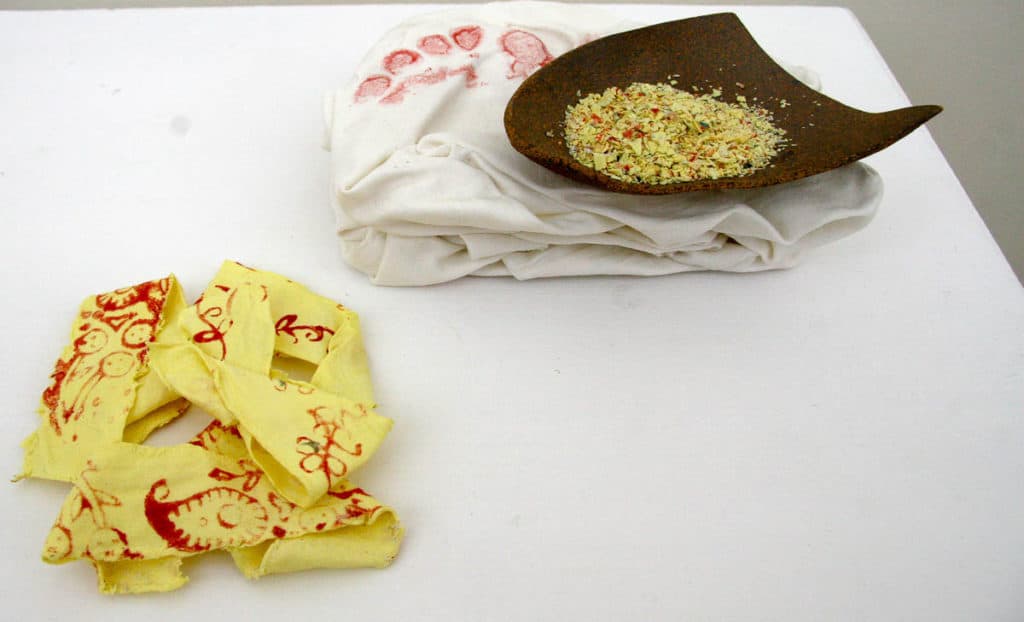
Beneath my feet, ceramic; Textile in Porcelain slip, Dark clay body, stain, glaze, w27 x d23 x h8 cm
The ceramic pieces convey the ritual of Kolam that marks the entrance to a home in parts of India/Sri Lanka. The ephemeral drawing progressively disappears. I walk on the pieces with sari design arranged in a Kolam and harvest the crushed pieces resembling pigments of the East.
Vankar Bhimji Kanji (India)

My traditional Kutch weaving designs have names such as ”dhulki”, ”dhunglo”,(represent triangle or mountain ), ”chomukh”, ”landhar” (represent snake flowing),”saat kanni”. I love our traditional craft and its technique, methods, process. We make our products from heart. I made my collection on my themes and concepts. I focus on my quality of my craft products and designs, motifs, colours combinations, shapes, patterns and collaboration. I am thankful to my father and mother and forefathers who taught me this craft.
Tamal Bhattacharya (India)
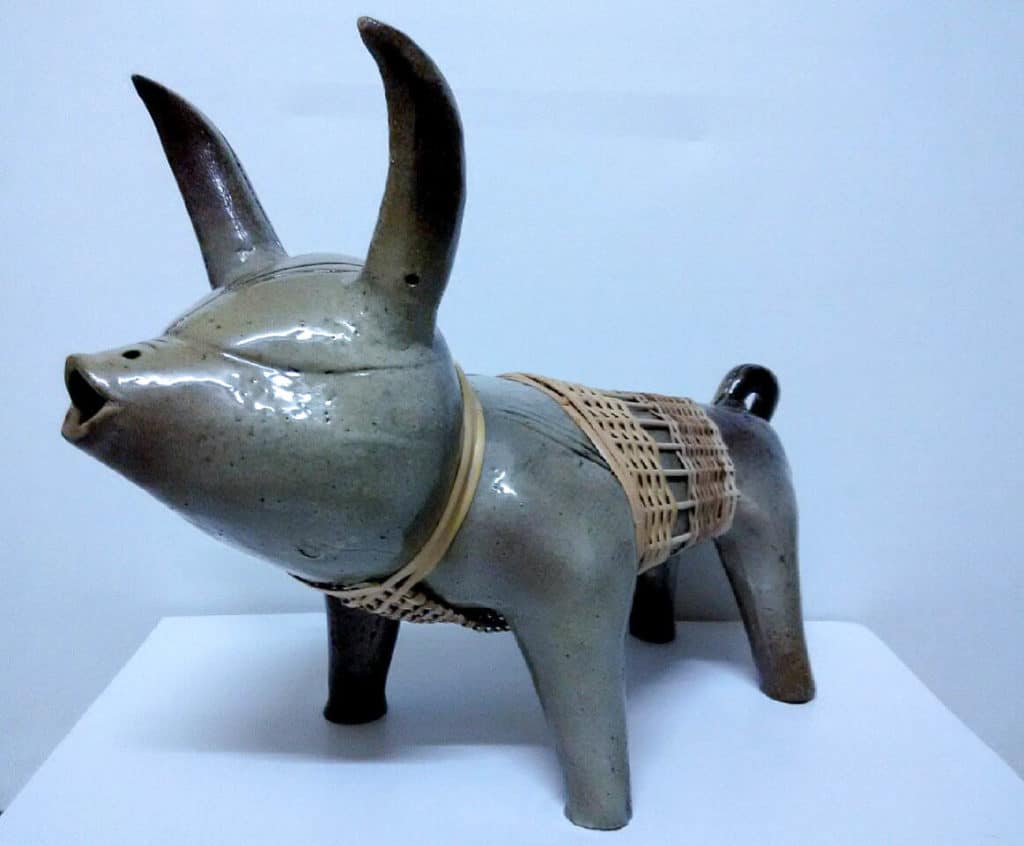
I have made this wild pig as you know that piggy bank is very popular among the children as they love to keep their personal savings. But suddenly demonetization is announced here, then I have started to weave the pig’s belly with cane as the money became useless to others. After weaving with cane, the animal became a piece of art as we can not get material profit from it but we can get aesthetic pleasure from it. Here my style is eclectic so I am passionate to use both the mediums. Moreover ceramic & cane are closely related from the ncient period.
Susie Vickery (Mumbai)
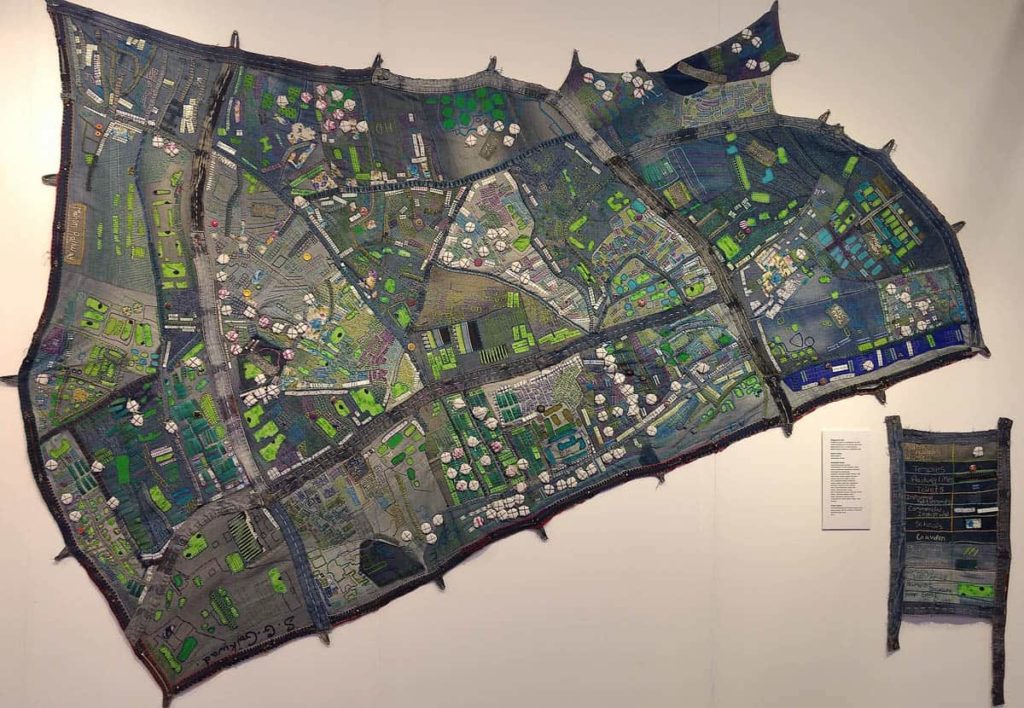
The work was made in Dharavi, Mumbai as part of a community project to map the domestic in their area.
http://www.dharavibiennale.com/mapping-the-hurt/
Susan Cohn (Workshop 3000 Melbourne)

cc1402_2014 was a collaborative project by jeweller Susan Cohn and poet Justin Clemens in response to the phenomenon of Valentine’s Day. This hand-made limited edition booklet, containing instructions for constructing a brief love poem and for ordering a 3D printed white nylon ring, was given as a gift from the artists to special friends on Valentine’s Day.
Sun-Woong Bang (Melbourne, Australia)
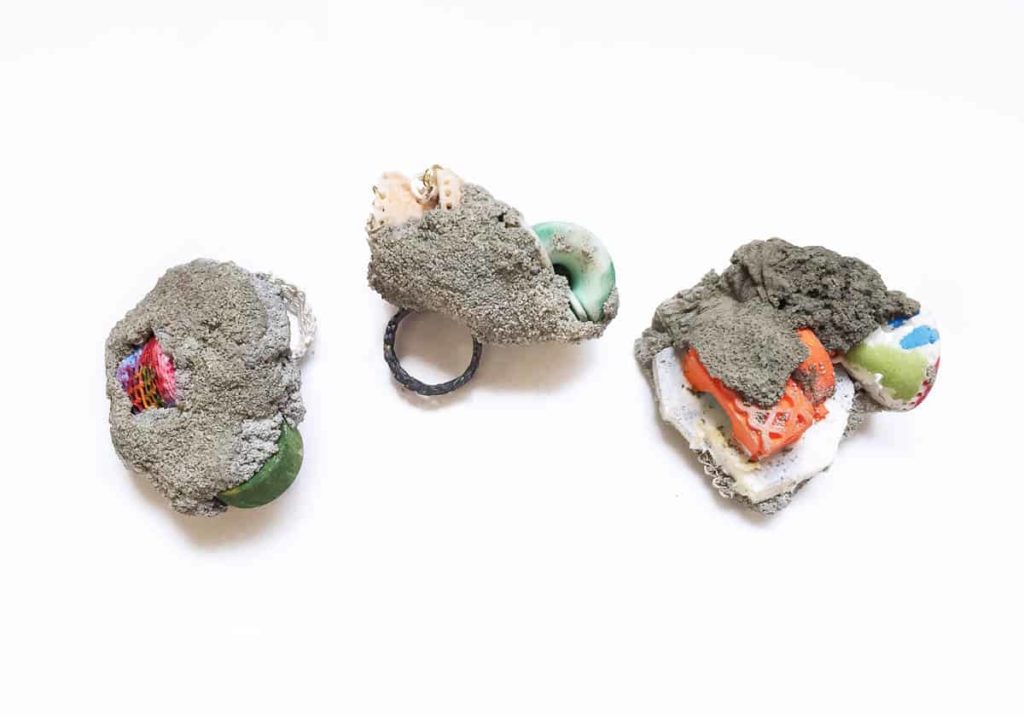
Excavation of a relic could be described as a rebirth of ancient artefacts. From this perspective, I reinterpreted the existing contexts of relics to bring a new sense of excavation within my transcultural jewellery.
https://www.sunbang.com.au and @sunwoong_b
Sharon Peoples (Canberra, Australia)
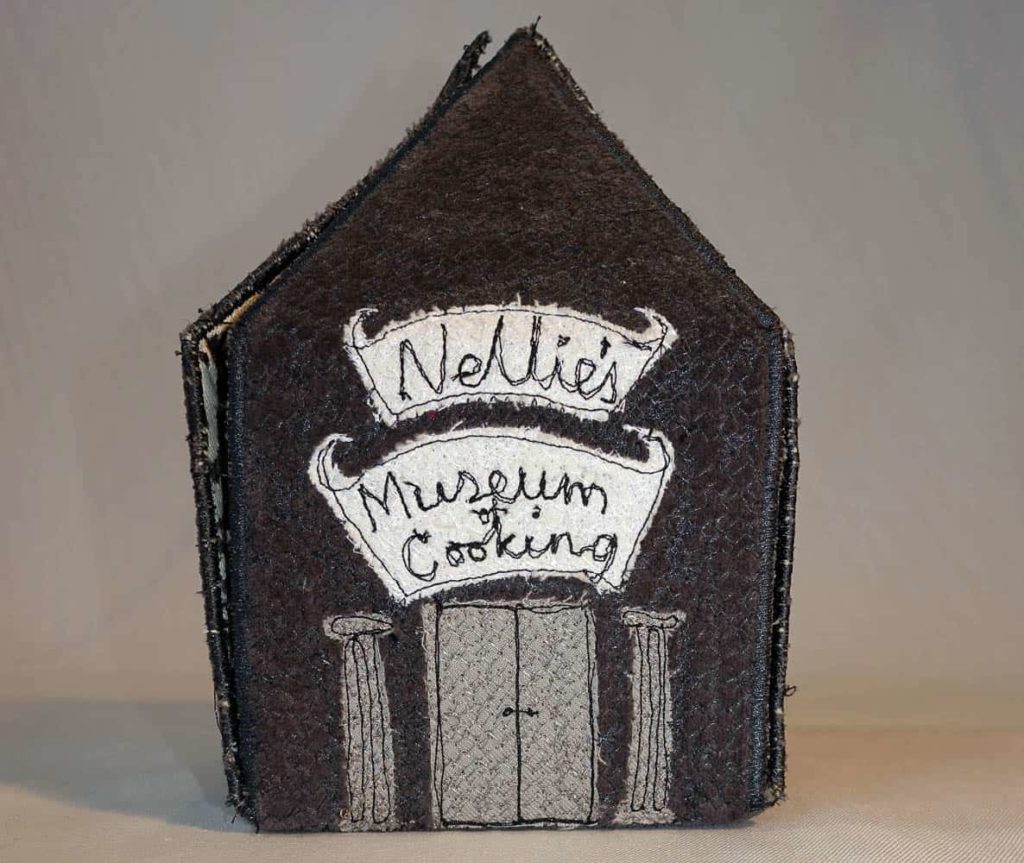
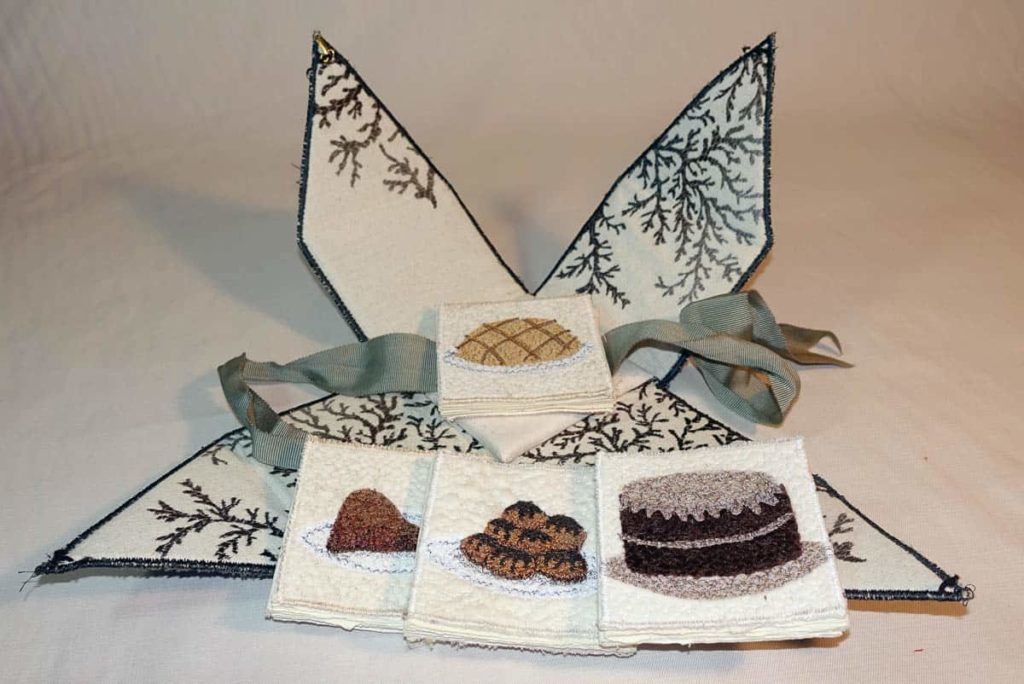
This was an object I made for my daughter when she left home. It was a collection of recipes that she always asked for. I housed them in a little “museum”. Each of the recipe books is hand written. It isn’t anything I would sell as it is so personal (and it’s not everyone’s’ taste). The recipes are Veal en Route, Lambs Shanks and Puy Lentils, Chocolate Poppy-seed Cake and Profiteroles.
Sandra Bowkett (Tallarook, Australia)
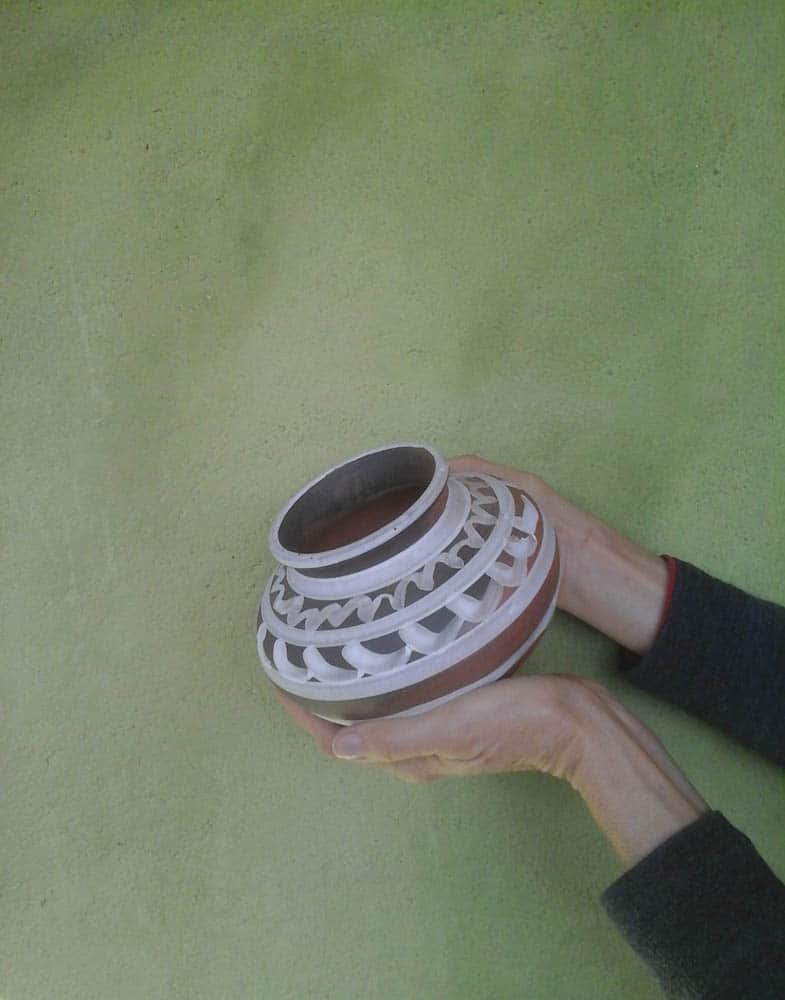
This vessel, known as a kalash is one of a pair made by Manohar Lal at the end of the 2015 Crosshatched tour. Manohar made two to ensure at least one would be available for an Indian family for their “moving to new house blessing”. This one came second on delivery. There was small remuneration in it for Manohar Lal but as one role of a traditional potter in India is to make ritual vessels for cultural maintenance I suspect he was more than happy to make these vessels. I am rewarded to know that through my efforts (Love) cultural maintenance can continue for the Indian diaspora in Australia in small ways through ceramics. For me the vessel embodies Manohar Lal’s consummate skills as a potter but also the joy of decorating a vessel, something he does not do in his home workshop.
Samia Jaber (Dubai)
Samia Jaber, A Glimpse of my memory, 2017, Acrylic on canvas, (80X100X4 cm), Photo: Samia Jaber
In a fading glimpses of our Palestinian memory in an era of political dilemma, technology and cultural melting. I carry the responsibility in my art work to spread awareness about my Palestinian identity and culture, as a rich colorful history full of poetry and art. In this painting, I wanted to express and showcase a part of my mothers and grandmother’s history. The head ornament “Lweqai in slang arabic” which is a handmade embroidery made as an accessory for Palestinian women which I have replaced as part of the architectural design of the oven arch to represent the role of the Palestinian women in her family and communities. I combined the identity of the cultural dress with the used tools around the typical house hold to express the peaceful daily life.
Samar Ziadeh (Beirut, Lebanon)
I did this project in 2011 as part of my Master Degree thesis My research was entitled “The Moroccan zellig between art and science in the Merenid period (1215-1465 )”, which focused on the interaction of art and sciences in this golden age of the Islamic civilisation. I tried to show the geometry in the grid of eight branches (called Khatam Soliman, the ring of Soliman). Soliman is the Prophet who features with the queen of Sheba mentioned in the old testament, the bible and the holy Quoran. I have chosen this piece specifically, which is not sold, first because I consider it a milestone in my art jewellery career and second because I felt it is necessaryforn this critical period, to show, the bright side of Islamic civilisation. The collected reports of what the Pro phet Muhammad said and did during his lifetime (Arabic plural: ahadith), tells us that Allah (God) is beautiful he likes beauty. I represented this relation between art and science through the moving circular shapes, that reminds us with the very famous Islamic astronomy instrument the astrolabe and related art through the arabesque shapes. I executed this model with copper, using hammering and etching techniques.
Sally Simpson (Berry, NSW, Australia)
Cattle Cross, 2011. Cattle bones, reinforcing mesh and cable ties. 286x250x50cms
Living on a small farm near Berry NSW I had built up a large collection of cattle bones, which fascinate me for their sculptural shapes and surface textures, as well as their association with nature’s processes of life and death. The over-arching theme of my work is the changeable relationship between humans and nature and I wanted to use the materials of the farm to explore my feelings about the changes occurring around Berry. Remnants of the original rainforest remained, but the vast amounts of cleared farmland were now being overtaken by urban development. Throughout 2011, I experimented with cattle bones to discover a form which would reflect the way I was feeling. The crucifix appeals to me as both a symbol of transformation and a grave marker. By the time I completed Cattle Cross I had decided to leave Berry, and the sculptural process became a metaphor for the changes in my own life and the complex feelings of loss and hope that accompany change . The cross is permanently installed on my studio wall and continues to hold layers of personal meaning for me.
Rudee Tancharoen (Atelier Rudee, Bangkok, Thailand)

Rudee Tancharoen, Anything and Nothing, 2016, dust, copper, steel needle, 6x 3x 3 cm., photo: Rudee Tancharoen
“Anything and Nothing” is made of dust that was turned into pulp. Then got twisted in between a sheet of cloth. After the twisting, the cloth was then removed. The paper dust pulp took shape of the gap in between the twisted cloth. Its texture is an imprint of the cloth on its surface.The cloth is not there anymore but its appearance, the invisible force and action clearly appear on the piece. Wind is invisible and intangible but wind could cool down its surrounding. It exists and not exists simultaneously. It would be nice to live like wind, exist and not exist simultaneously. Not shaken by misfortune, loss, suffering as we are not exist but let our existence nourish others. My jewellery are not made for body decoration, but are objects to carry with the body, to remind the carrier of their existence and context. This brooch is made to remind the wearer or viewer that Everything is Anything and Nothing.
http://www.rudeetancharoen.com
Rebecca Chernow (Henry Art Gallery, Seattle, WA)
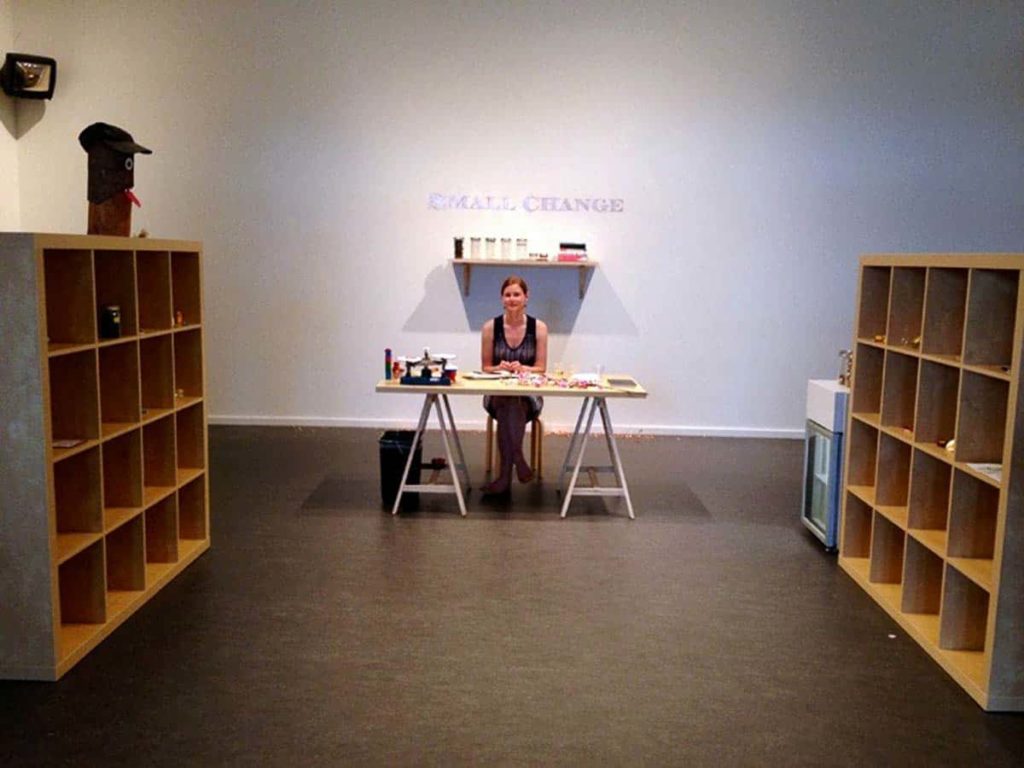
Rebecca Chernow, $mall Change, 2014, glass currency + interactive performance, photographer: Jennifer Loomis
For twelve 40-hour weeks, I minted my own glass currency (called “works”) in my studio. I was then given a month in the Henry Art Gallery’s defunct gift shop to establish my own economy from scratch by trading the small coins for whatever I could get. As the empty shelves in the space filled up with visitors’ bartered goods, I began to establish a commodified value for my time as an artist (based on the legitimacy of the public’s belief in the true cost of my efforts.) At the end of the exhibition, I gave all items away over the course of a two-day “sale,” where participants were invited to take what they wish, but encouraged to leave a voluntary monetary donation to the Henry’s education fund that had helped support my project. In the end, I walked away with nothing as far as material goods.
http://www.rebeccachernow.com and @beccaboflecca
Peter Walker, Agnieszka Woznicka, Tom Mirams (Kangaroo Island, SA)
“Fire Shadows” were created on Kangaroo Island, South Australia right after the catastrophic bush fires of 2008. “This artwork was created spontaneously in response to the devastation of the landscape we encountered. The sandy road we drove on was a demarcation line between a green lush bush untouched by the fire, and the forest of the black, ghostly skeletons of the native plants. The charred land seemed frozen in time, lifeless, eerie and shadow-less. The moment the sun came out, the landscape became alive with shadows. Each of us instinctively scooped up sand off the road and silently traced the moving shadows across the ground. The patterns of white sand created a striking contrast against the scorched earth.” Creating the work was unplanned, unexpected and driven entirely by an emotive response to the landscape. Fire Shadows was a collaborative work between Agnieszka Woznicka, Tom Mirams and Peter Walker.
http://www.walkersurfboards.com and @walker_surfboards, @agnawo, @tom.mirams
Minna Loft (Melbourne, Australia)

Minna Loft, Commodities, 2013, re-purposed fabric and stuffing, foam, thread, waxed cord, recycled tin and pipe, thread spool, 51x64x50cm (with varying detachable components), photo: Minna Loft
Commodities was sewn by hand using recycled materials as a statement, to consider the story of every object that passes through our hands.
@minnaloft
Michal Glikson (Australia, India, Pakistan)
“Australind Archive”: an interactive virtual tour” was created to share the outcomes of a project exploring nomadic painting and cross-cultural storytelling and the outcomes of journeys in Australia, India and Pakistan. The Archive unites scroll paintings, interviews, sound compositions, and documentary films about people I got to know as I travelled. The interactive tour streams free to public, offering contemplation of a collection of significant moments of perception, exchange, reciprocity, and collaboration.
Melissa Cameron (Seattle)

Detail image of work My House- Tanya Lippe’s Lunch Box, made out of lunch box steel, stainless steel.
Micki Lippe gave me the lunch box that used to belong to her daughter. She also gave me a book of poetry written by Tanya, published posthumously. She tasked me to use one to make the other into something. The work was displayed at the Bellevue Arts Museum metals Biennial, entitled Metalmorphosis.
http://www.melissacameron.net/ and @thejewellist
Melinda Young (Sydney, Australia)
My work is always made for love; the money part is a sometime bonus. Why catalogue a work as ‘not for sale’? Perhaps the love is so strong that I don’t want to part with it. This is rare, the gratification of someone else’s love for it through the transaction of a purchase can also be strong. Most often I exhibit work that is ‘NFS’ because I can’t justify asking someone to pay for it, this is usually because of its materiality – it feels cheeky to expect someone to buy something that will eventually/could potentially disintegrate. The transaction is in the viewer’s experience of the work: perhaps it engenders the trigger of a memory, or the spark of an idea. A recent ‘NFS’ work was for an exhibition curated by Bridget Kennedy at Studio 20/17, earth to earth, ashes to ashes. The work was made from Sal wood incense – magnificently fragranced (and crumbly), it was drilled and strung as a necklace, its wearability speculative.
@unnaturaljeweller
Mandy Ridley (Mysore, India)
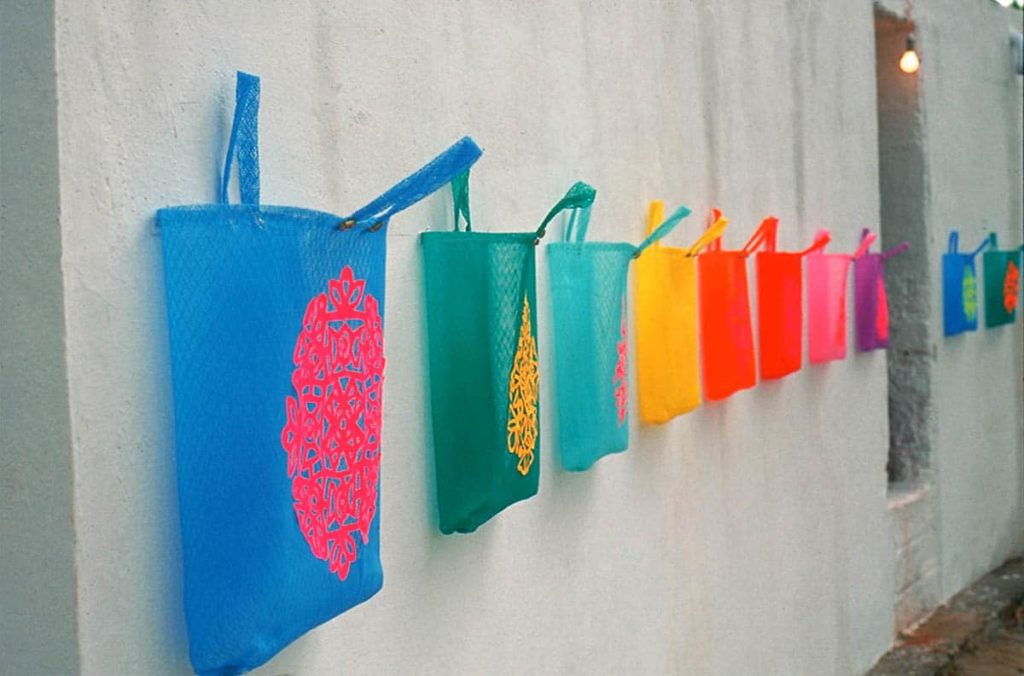
Mandy Ridley, Shopping bags with Rangoli designs, 2002, hand cut paper on found plastic bags, 44 x 34 x 2cm, photo: Mandy Ridley
This artwork was created during my first visit to India in 2002 when I participated in the Khoj International Artists Workshop. I was overwhelmed with so many new experiences. Everywhere I looked were vivid colours, tantalising smells and wonderful handcrafts. I referenced the local mark making tradition of Rangoli – a pouring of pigment, flour or flowers into intricate patterns on the earth. The plastic mesh bags were hanging in a profusion of vibrant coloured bundles in the market. Their clear strong colour seemed perfect as a ground for my explorations of traditional patterns. The selection of shopping bags as materials expressed my desire to touch, see and consume with gusto! Following the exhibition in Mysore, the bags were presented as gifts to other participating artists and dispersed across India and the globe.
http://www.mandyridley.com/ and @mandy_ridley_artist
Les Blakebrough (Hobart, Tasmania)
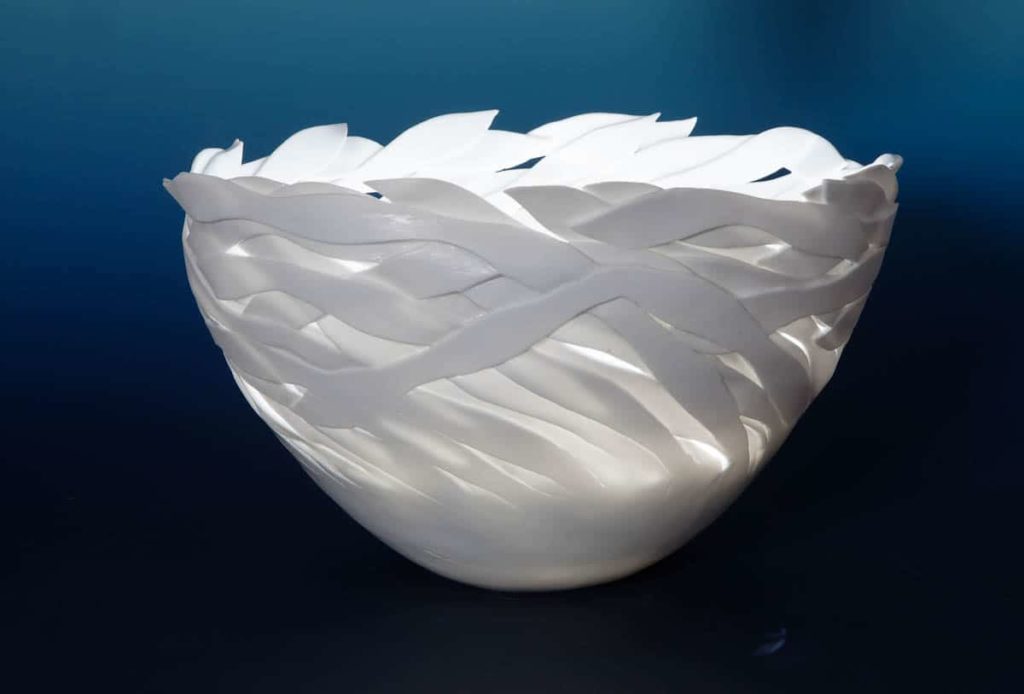
Les Blakebrough, The Kelp Bowl, 2016, Southern Ice Porcelain reduction firing to 1300Deg C, 35cm dia x 20cm ht.
The “Kelp” was an idea in my mind for a long time—several years in fact. A young woman Jeannie Baker had lived in Tasmania with her partner and wove a wonderful children’s book about the giant kelp forests in deep water on Tasmania’s East Coast. It was called “The Enchanted Forest” and I was so impressed with the book I bought many copies to give to grandchildren including one for myself. The idea of how I could embrace the kelp notion was in fact prompted by a push from partner Anne Ferran who chided me about having ‘new’ work in an exhibition that had been planned just before I left Tasmania at the end of 2010. There were several false starts and many failures. My studies then started embrace the environment of the giant kelp and people who studied it in Phd programs at The University of Tasmania, and from those contacts I started to assemble video images of the kelp forests. Sadly as I was doing this research as these forests began to die with the advent of the warm East Coast of Australia Current that began to move across Bass Strait and wrap its way down the east coast of Tasmania. This current was warm but with no nutrients that were going to sustain the kelp, and over some years the kelp began to die. Some are now totally gone including the one I knew best at the outer entrance of Fortescue Bay. I still had the images of what it once looked like, huge tree like plants growing in 80 meters of cold southern ocean waters. What I was trying to do was somehow emulate the swirling drift of kelp. The picture of me bringing something from my high temperature kiln somehow represents just one piece that had survived the demanding high temperatures needed when making porcelain. It also represented over a year’s work in all the failed attempts. There were some complicated thoughts swirling in my head as that piece came from the kiln. It did feature in the Best Gallery exhibition, October 2010 “ Eight Decades of Wonder” when I also celebrated my 80th birthday. In commercial terms there was no way I could go anywhere near covering the cost and time involved in trying to make the piece, although from memory it was the most expensive piece in the show at about $15,000. and purchased by Anne Lewis for her private collection. A year later we were invited to one of Anne’s Last Suppers before she died in late 2011. The Kelp Bowl sat centrepiece on her diner table and looked splendid. Regarding the cost of making it is fairly difficult to separate out from the very many issues that need attention in a day. I expect it would represent three to four months non stop work, and the only measure I have of cash value would be the salary I used to receive as a senior academic at The University of Tasmania and that would be about $12,000.00 per month, so on those terms it would have cost $36,000.00 to make, however at the time in question I was off the University payroll and living on my Super Pension, although still running The Ceramic Research Unit at the University – when my income dropped to about $4,000.00 p/m bringing the value to $12,000.00.
Kosmas Ballis (International Studio, Jingdezhen China (Taoxichuan), March 2017)

This work was the culmination of an eight month work tour in Asia that began in Taiwan (I won the Gold Prize in the Taiwan Ceramics Biennale) and ended in Jingdezhen, China (shortly after a 2 month stint in Shangyu, China). I made two works in this scale; both were specifically made for the Taoxichuan Ceramics Museum.
https://kosmasballis.wordpress.com/
Kenny So (Shanghai, China)
I am currently working and residing in Shanghai, China for work and unlike some parts of the world where tap water is safe to drink, it is not the case here in China. For this reason, every fortnight, I get a number of large 4-6L bottles delivered for drinking & cooking use. This water then gets poured into a smaller glass bottle for convenience of everyday use but I would often have spills as the tip of the glass bottle is/was not wide enough. As an object maker, it is usually the case that I try solve these types of problems by making what I need myself, as I often refuse to purchase another unattractive mass-produced item that I would eventually throw away for my ‘instant’ convenience. Hence this particular Copper Funnel was born. I use it on a daily basis and not only is my water pouring ritual much easier, this ‘ordinary’ action is now much more enjoyable and valuable. See article in Korean issue
Julia deVille (Melbourne, Australia)
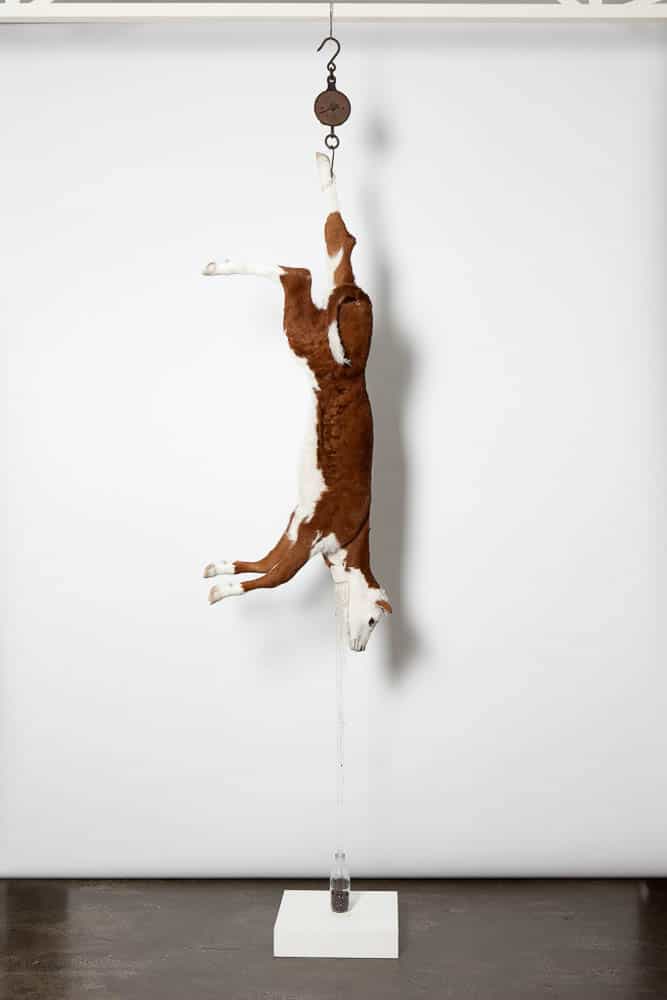
Julia deVille, It’s a wonderful life, 2012, Stillborn calf, glass, pyrope garnets 959ct, cultured garnets 1,946ct, freshwater pearls, cubic zirconia, marcasite, rubies 9.89ct, uncut diamonds 25ct, sterling silver, 18ct white gold
The purpose of the work was to make a statement about the atrocities that occur in the factory farmed dairy industries. Namely the male bobby calves that are considered a ‘waste product’ and are taken from their mothers at a few days of age and then slaughtered. I have recently donated this work to the National Gallery of Victoria.
http://www.juliadeville.com/ and @juliadeville
Jin Ah Jo (Dusseldorf , Germany)
This necklace was made in 2006 when I was staying Dusseldorf as an exchange student from Monash University. I was slowly fortifying the foundation of the concept, “Form follows function and Function follows form” and trying to experiment with a lot of different materials such as paper, resin, mild steel and acrylic. I was very often wandering around the small streets in Dusseldorf to find any interesting shops and supplies. One day I happened to find an architecture modelling supplies and was very mesmerised by all the materials such as beautiful colours of acrylic sheets, all different size of white and transparent pipes, nylon, perforated paper etc. Somehow in that supplies I could imagine any structures or forms I would be able to make and after a couple of months for drawings and making paper mock-ups only I finally completed this piece, which has very simple mechanism but strongly represents how the materials follow the form which follows function. It was not made for making money but to me worth more than million.
http://jinahjo.blogspot.com.au @jinahjojewellery/
Janet Huddie (Maryland, USA)
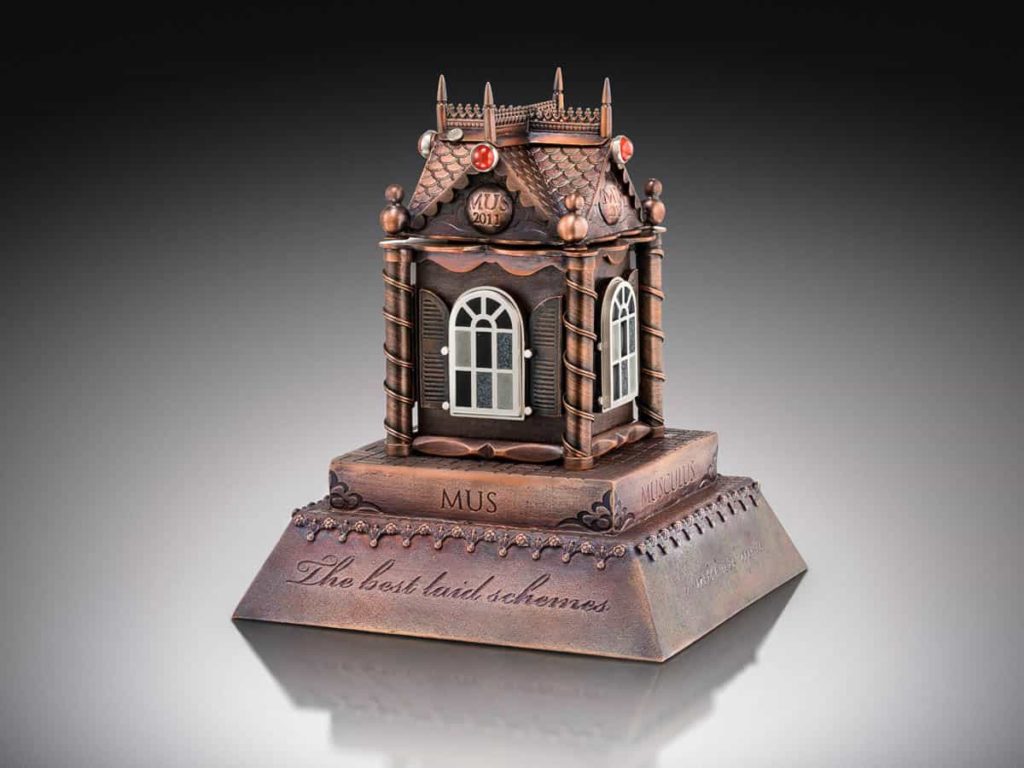
Janet Huddie, Ossuary of Schemes, 2016, copper, sterling silver, fine silver, vitreous enamel, glass vial, carnelian, moonstone, birdseed, mouse bones, 4.25″H x 3.5″ W x 3.5″D, photo: Victor Wolansky
Ossuary of Schemes atones for the death of a mouse, caught in a humane trap that I forgot to check. I created a reliquary box following medieval traditions, using precious metals, gems and imagery from past cultures to honor its life.
honor freeman (Sydney, NSW)
on/off/on was an ongoing project (2003-2009) involving the installation of slip cast and hand sanded porcelain light switches and power points around the streets of cities and towns, nationally and internationally. A gentle gesture and quiet gift – a wink to those who notice the small details.
https://www.honorfreeman.com/ @honor.freeman
Ho Ching Marco Ma (Hong Kong Baptist University Jewellery Studio, Hong Kong)
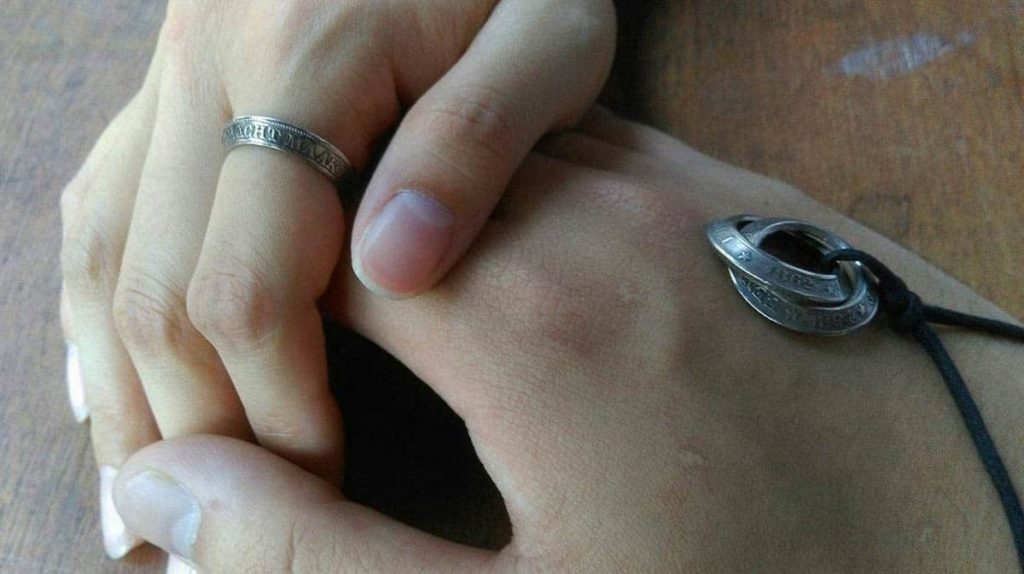
Ho Ching Marco Ma, Unity makes Strength, 2016, 1862 & 1894 Belgium 10 centimes nickel coins, ring and pendant no larger than 3cm X 3cm, photo: Ho Ching Marco Ma
We know people usually focus the intrinsic value of jewellery and antique. However, when artist combine both things and transform them into new gift to their love one. The money behinds it become not important at all.
Helen Wyatt (Sydney, Australia)
Made in celebration of my son’s betrothal, this ‘netsuke’ references the northern and southern night skies of his heritage as well as a port jackson shark’s egg – a memory from a south coast childhood.
https://www.facebook.com/f.tannerbaker/ and @ftannerbaker
Eva Abbinga (Geelong, Australia)
Unfinished embroidery started in 2013 and am not likely to complete for several more years. It has now had many hundreds (if not thousands) of hours committed its making and has kept me company for many trips (Japan, Malaysia, around NSW and VIC). I turn to it when I need something to do with my hands, or when i need to work through art problems, or am having trouble with my ideas. In some way it is a visual diary for my life and has mapped my emotional journey and collected many souvenirs along the way, including my hair and other things that have discreetly been woven into it (seaweed, leaves, dog hairs, grass). It is a work that deliberately exceeds a commercial value based on the sheer time involved in its making and when I am sewing I feel free from the need to explain why I am doing it and outside of the reach of efficiency, logic and controls. I haven’t articulated it very well, because putting words around it to actually somehow also confine its importance and limits the freedom it represents to me. As the work is unfinished it is photographed at Sokil in Anglesea. In terms of art sustainability, my current position of sustaining my art practice has involved reapplying my skills in urban planning and taking on a three day position as a consultant. This affords me both a chance to be paid for my skills and exposure to new urban planning issues, in turn feeding new ideas for work. I also now have the opportunity to support other artists through having money to buy their art. My most recent acquisition was a work by Sarah Crowest from the recent exhibition at the Tapestry Workshop. Lucky me. It’s still a financial struggle only having three paid days of income and a time juggle, but at least there is some guarantee of payment and no pressure to make work to suit funding bodies and festivals. The daily structure is good too.
Emma Bugg (Hobart, Tasmania)

Emma Bugg, 2013, Sterling silver, 18k gold, cuttlefish cast QR code, scrimshaw on bone, cremated ashes from love notes, concrete, stainless steel, website that brooch interacts with, 10.5 x 9 x 0.5. Photo: Carlie Devine
The Love Brooch Project activates positive pattern recognition in viewers, sending them in search of found hearts. When the QR code is scanned with a smart phone, the viewer is taken to a website where they can add their images to the growing collection of hearts, thus building the content of the brooch designed to be worn over the heart. It contains cremated ashes of love notes within the concrete so it is a piece deeply sentimental to me and I would never consider selling it. I like the idea of using technology and coding in jewellery, whereby there is no e-waste left behind. This brooch is made using traditional techniques and the metal can be melted down and reused, but it still connects viewers to content through the use the technology available at present.
http://www.emmabugg.com @emmabuggjeweller @lady_emma_bugg
Elisa Markes-Young (Australia)

Elisa Markes-Young, The Original Place – Family album #03, 2016, photograph, matt board, paper cuts, gold leaf, gold thread, sequins, cotton thread, approx. 550mmx550mm, photo: Christopher Young
While all my work is for sale, pieces like those from the “Family Album” strand of “The Original Place” series are of such a personal nature that they will never find a buyer. I’m alright with this. I love them and wouldn’t want to part with them anyway. “The Original Place” is something I have been working on over the last few years and it is part of my ongoing inquiry into memory and what we call home. My interest in these subjects is a result of my history – I was born in Poland, moved to Germany at 16 with my family and have been living in Australia since 2002. As a result my identity is very much defined by the feeling of being caught between the worlds. I don’t belong anywhere, live between “here” and “there”, “now’ and “then”. Over the years I’ve come to realise that home might not be a place at all. It might be something we make up in our mind like a story we tell, or it might be as James Baldwin put it “an irrevocable conditio”‘. Croatian writer Dubravka Ugresic seems to think that memory might be a place, absent the notion of home, where we might live. I can relate to that—my memories are the closest I have to a “home”. Jane Alison, in her book “The Sister Antipodes” writes about the experience of leaving her country of birth. She calls it ‘the original place’. That’s where the title of my work comes from. In the work I incorporate folk art forms and motifs in imagery that harks back to my heritage to explore issues of childhood nostalgia, cultural displacement and identity. Looking through my childhood photographs one day I was reminded of a quote from the book: “Fathers and fatherlands, the sun. A basic sense of orientation, of knowing where the sun is.” And that’s how “The Family Album” came about.
http://www.zebra-factory.com/emy @zebrafactory
Cresside Collette (Melbourne, Australia)

Cresside Collette, ‘Four Transitions’, 2016, woven tapestry (wool, cotton, synthetic), 70 x 170 cm, photo:Tim Gresham
The subject matter of this series of tapestries comprises a visual pageant of landforms that echo the elemental nature of water, rocks and air. They symbolise the transition experienced in my life through migration and resettlement in a new landscape. It has always been my practice to create work without money or a sale being in the equation, I suppose to retain the “purity” of the creative process. I’ve been lucky enough to earn a scant living through teaching and working as a production weaver at the Australian Tapestry Workshop so that I could maintain the integrity of what I make. I have only shown work once in a commercial gallery (at the very start of my career in 1971) and have preferred to show in regional galleries and council run spaces that don’t dictate their preferences. This means that that the work has to be made and somewhere along the line it is “discovered” by a curator and a show is offered. I do exhibit in group shows and award exhibitions where a price is put on a piece of work, and occasionally the work sells. But I’m always very surprised when it does, because my aim is to have it seen rather than make a sale. I would say that I make work for the satisfaction it gives me in the exploration of an idea, rather than the value it might attract.
Clare Poppi (Brisbane, Australia)
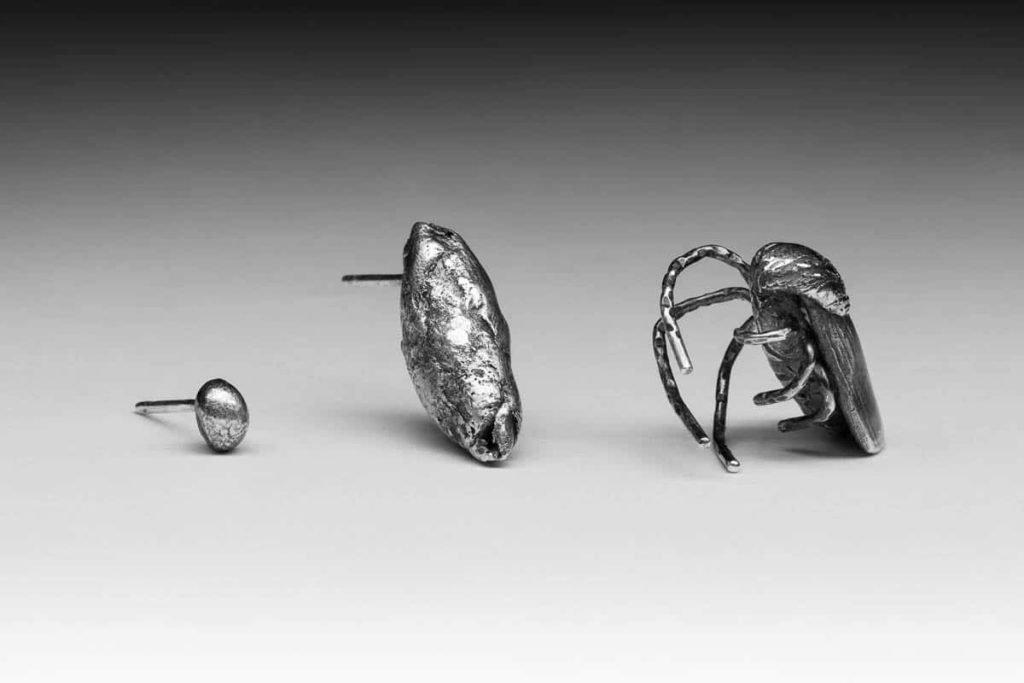
Clare Poppi, Leena (From 147grams, 3carats series), 2016, recycled sterling silver, 19mm x 40mm x 8mm, photo: Faun Photography
T
The work was made as part of a series where I designed a collaborative piece (this one with artist Leena Reithmuller) for a specific event/purpose and then continually melted the same silver down after the event to make a new work for the next collaborator, as part of the exhibition crosseXions – curated by Beth Jackson.
http://www.clarepoppi.com and @clarepoppi
Clare McCrackin (Myrtleford, Australia)
In the early 1980s my father, and his best friend, took the Alpine Shire and the small township of Myrtleford to the Victorian Civil and Administrative Tribunal (VCAT), contesting the proposed construction of a 17 metre giant snowman. The fight over the giant snowman was lengthy and vicious; a conflict that gave me my first nickname,“Snowman Killer”, which plagued my early years. The giant snowman reflects the anxiety of identity experienced by rural Australian towns after the construction of the post Second World War road networks in Australia. As they lost their train-lines and were bypassed or driven though, many Australian towns felt like they were slipping off the map of Australia; fading into economic ruin. The snowman was part of a tradition of big sculptures in small townships, starting in the 1960s, designed to put these communities on the tourist map by trapping the passing car in awe. Over the last couple of weeks I have taken a 7000km road trip residency visiting and getting to know more than half of the 105 big things in Australia. I was accompanied, on my journey, by a 2.5m carrot, which was the scale of the carrot that would have made up the giant snowman’s nose, had the ‘big thing’ been constructed. At the completion of the residency the carrot was cremated leaving only the documentation behind. The final work will be an audio book telling the story of snowman killer and my 7000km residency. Designed to be listened to while driving that work, once completed, will be free. The work is part of my phd and I have the Vice Chancellors Scholarship which means it is supported both by the Australian Government and RMIT University.
CHEB – Christine Cholewa and Deb Jones (Adelaide)
This work was created on our industrial sewing machine using reclaimed grain bags, for a group exhibition – Grain, that was held in an old grain packing shed and flour mill in Port Adelaide.
http://www.chebart.com and @cheb_art
Carolynne Gordon (At home – Sydney, Australia)
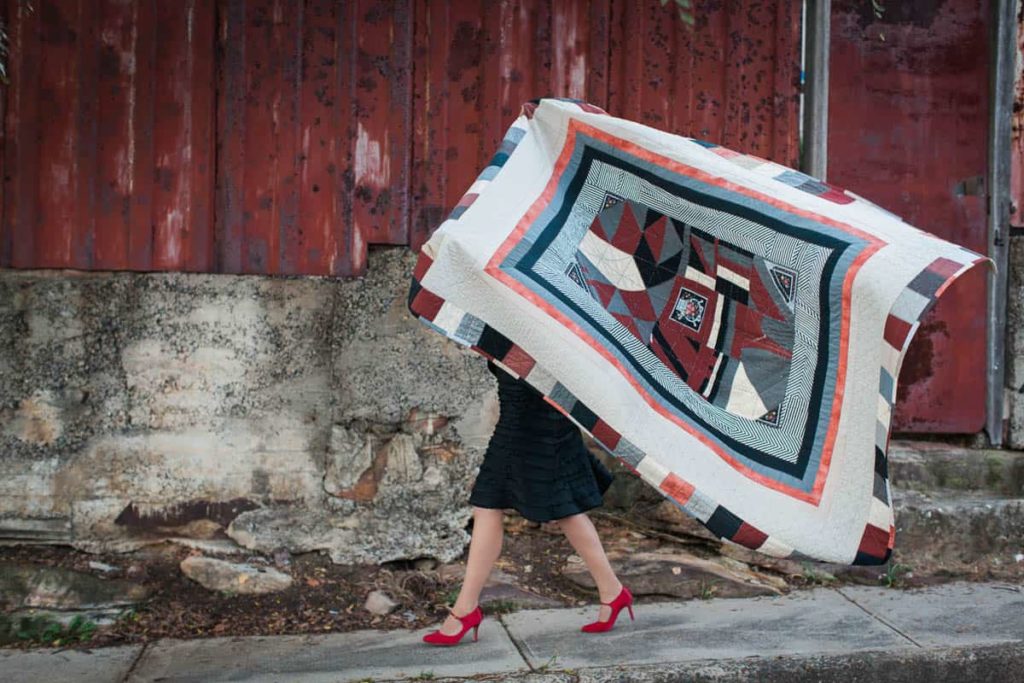
Carolynne Gordon, House of Cards, 2014, Linen, cotton, silk. 2.15m x 1.75m. Photo: Rose Punch, Petal Photography.
Every stitch, a tear. Every block, a gulp for air. When I wanted to turn an emotional corner I’d hold that thought and quilt around a corner. A quilt made solely to heal grief, and was the impetus to write my memoir ‘The Quilt Maker’s Daughter”. Machine sewn top, hand-quilted.
https://www.facebook.com/carolynnegordonquilts/ and @carolynnego
Carli Holcomb (Richmond Virginia)
I have always believed places sink into us. Out of respect, I allow the sites I am working in to guide the materials I use. By pairing opulent surfaces with tokens of the landscape, I allow materials that originate in nature to sit side by side with materials that exist because of human design. I want to understand the natural environment in as many ways as I can, and questioning where nature begins and ends is an avenue for me to do that.
http://www.carliholcomb.com/ and @carliahhh
Bryan Phillips “Galambo” (Coburg, Victoria, Australia)
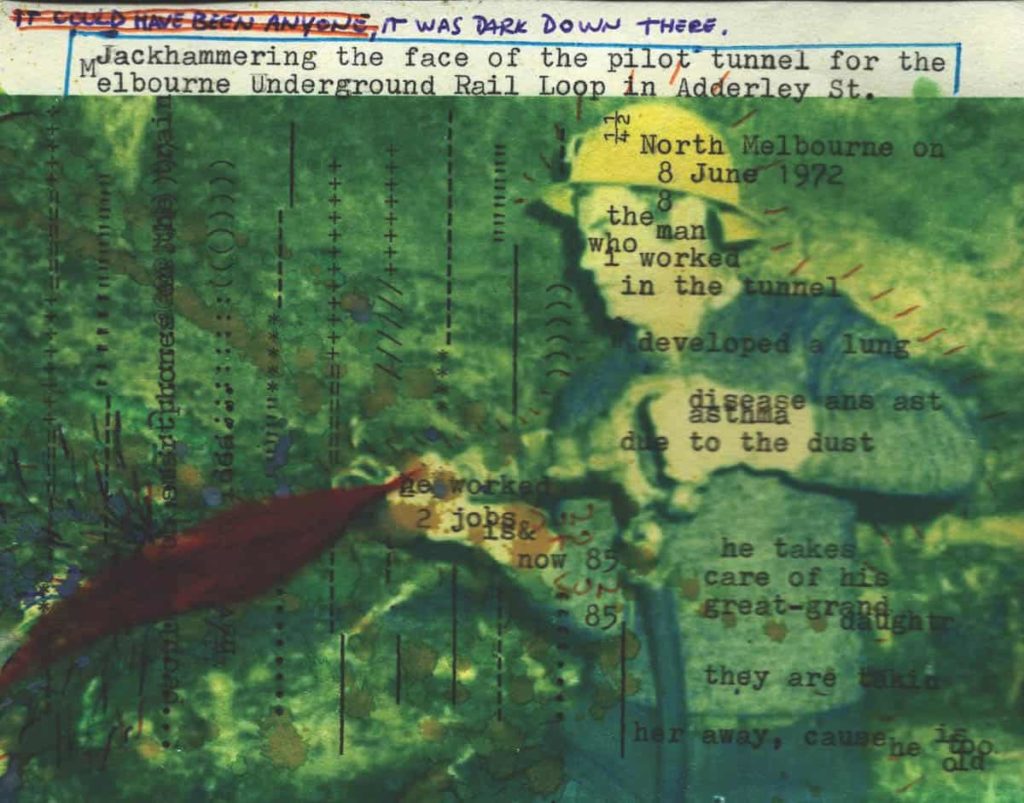
Bryan Phillips, Evangelos, 2016, old inkjet printer, typewriter, pens, yarn, 15.25 x 11.95. scanned from original.
This image was made with love and admiration of my 85 y.o. friend Evangelos, a migrant worker who came fleeing from Greece. He worked two jobs (proud of not spending a single christmas with his family, cause he was working) and was one of many workers who put their hard labour into building the Melbourne train city-loop. I made it as a gift for him after I found a picture of a worker that looked exactly like him in an archive of the construction of the tunnel of the city loop. I was very excited and took the photo to Evangelos, to corroborate that it was him. He just looked at me and said: it could have been anyone, it was very dark down there you know? I made it as a tribute to the working class that has built countries, and that people who ride on trains looking into their smartphones, will never have a clue.
http://anuenciaproject.wixsite.com/anuencia
Blandine Halle (Perth, Western Australia)

Blandine Halle, Ceci n’est pas une pipe, 2015, re-purposed objects, wood, steel, thread (250x90x220mm). Photo: Blandine Halle
It is day 22 of doing one new necklace for 40 days. I look around my studio for inspiration and I decide: today I will be using this pipe. I had it for only a couple of years but it acts as a souvenir of my childhood, of a man I admired and loved and who smoked the pipe. He was the father of my best friend and he holds a special place in my heart as a fatherly figure. He was always caring about how I was doing and showing interest in my activities and thinking; the exact opposite of my distant father. Objects have a purpose that they are meant to be used for. And with that purpose is associated a name. The object “pipe” is used to smoke. Once I had dismantled the object and re-assembled it into a necklace—in the spirit of Marcel Duchamp’s readymade—its purpose had change, and so its name. The title imposed itself as obvious: “this is not a pipe”. Of course, I also enjoyed the reference to Magritte’s famous painting “this is not a pipe” through which he stated that the image of an object is not the object itself. I found pleasure in taking the statement further, that when an object is being re-purposed, when it is not being used for what it was initially meant for, it also loses its name. “This is not a pipe” is a necklace. Objects have that power of carrying memories and emotional meaning, whatever we do with them. Now this necklace has two souvenirs associated with it: the one of the fatherly man of my childhood, and the period of my life I made it: a few months before my mother’s passing. Cherished memories are not for sale. They are priceless.
Ba An Le (At home in my room and studio where I sleep and work.)

Ba An Le, Untitled (Father & Daughter), 2017, brass, copper plated, enamel, acrylic paint, silk string, 6.5 x 10.5cm, photo: Ba An Le
This necklace was made for a birthday gift to a close friend, Nver, who lost her Father, Paul on October 2015. As I reflect on my own perception of Paul I continue to be astounded at the amount of memory loss associated with him accompanying his death. He is described as a man of God by family and friends. To express his personal relationship both to God and Nver, there is a glimpse of both of them together again in heaven on the back of the necklace. Placing both the temporal and the eternal back to back, the necklace openly forgets the past, acknowledges the present, and looks forward to the future.
@krazeban
Annie Gobel (Melbourne, Australia)
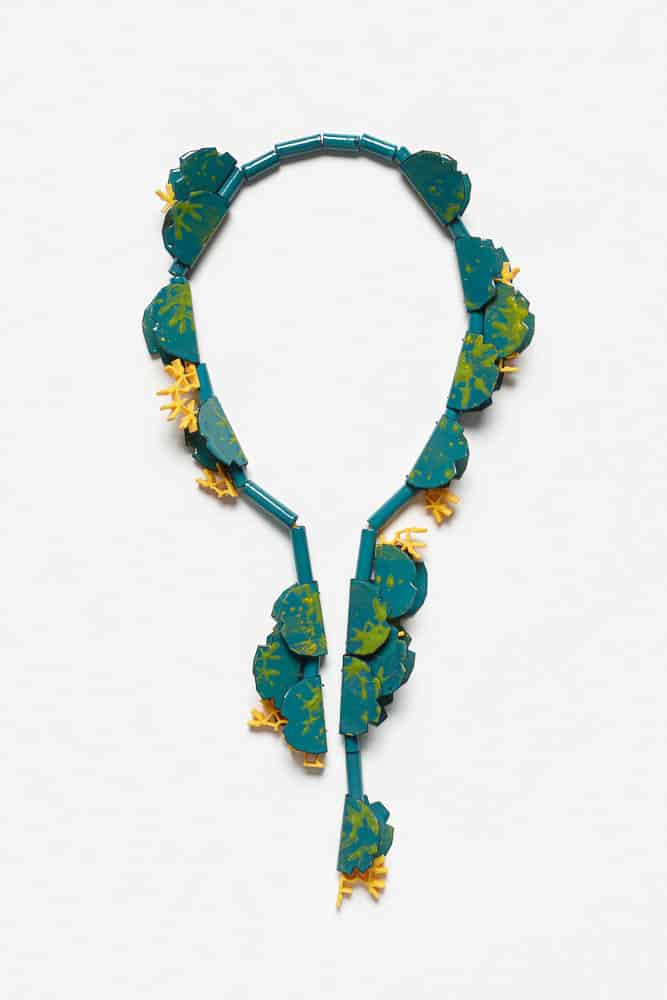
Annie Gobel, Like A Seasnake, 2013, Mild steel-enamel-deconstructed toys, 35x15x2.5cm, photo by Jeremy Dillon and Annie Gobel, Pink Impressions On Blue,2014, Mild steel-enamel-stainless steel, 7x7x2.5, photo by Ken Arini.
Like A Seasnake was made as part of my graduate works. I said to myself, I should not graduate with a piece that I hate. I have to graduate with something that I love, something that I won’t ever let go. Not only that this piece become one of my best works, it is now a good reminder for me to keep on making. I won’t ever sell it for anything. Pink Impressions On Blue was made during a very boring day in my studio. All I needed to do to excite me that day was to create a piece with my favourite colour combination. The day suddenly got better.
http://www.anniegobel.com and @anniegobel
Annelize Mulder (Brisbane)
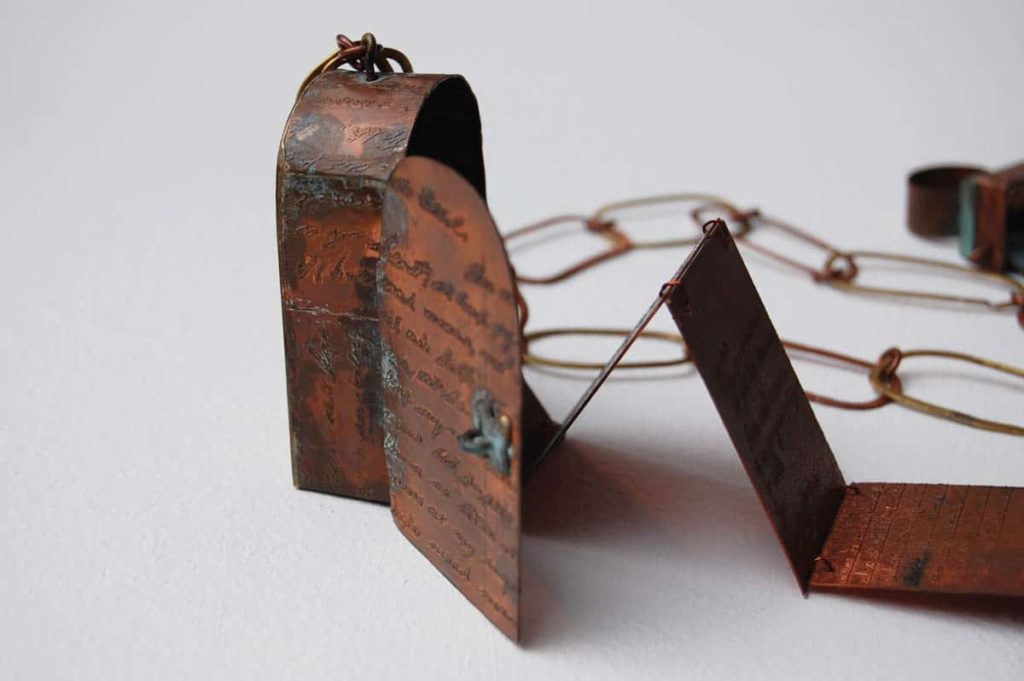
Annelize Mulder, 2013, Eternal Mailbox, Etched copper and brass, 7.5 x 5 x 2.5 cm, photo: Annelize Mulder
The ‘Eternal Mailbox’ is a large locket box encasing five copper plates etched with text. I grew up in a time of handwritten letters before all modes of communication turned digital. Many years ago, in an attempt to declutter, I threw out a shoebox filled with letters and only kept a few. I still can’t fathom why I would do such a thing. The box contained handwritten letters from my late grandparents, parents and friends. Especially from a time when I lived abroad. I now realise how precious their handwriting is. A mark making of those I love lost forever. In this project, I was learning metalsmith skills and decided to use text samples from my closest family and etch it into copper sheets. The locket box is clunky and technically not a fine display of skill. However, to me, it preserves handwriting samples of those I love which is priceless.
http://www.annelizemulder.com and @annelize_mulder/
Andy Lowrie (Brisbane, Australia & Tallinn, Estonia)

Lowrie_Hand_2016.jpg: Andy Lowrie, Hand, 2016, found wood and silver, 7.5 x 4 x 1cm, photo: Michelle Bowden.
This piece is made from a twig I found in Tallinn, Estonia, while I was interning for another jeweller. I would walk to his studio every day and often collect debris in the park along the way. When I had free moments in the studio I would cut, sand and assemble the debris into playful compositions. It was an experimental exercise in using wood, as much of my time interning involved working in wood for my employer. When I returned to Brisbane I assembled this tiny assemblage into a pin that in my mind captured some sense of the jewellers ability to transform simple materials by finding their inherent strengths. It was a stand alone object I have no interest in recreating as commodity so while I was sad to see this piece leave my studio, it did not surprise me that it joined the collection of another jeweller.
http://www.andylowrie.com and @starbreakr
Andrew Gall (Brisbane, Australia)
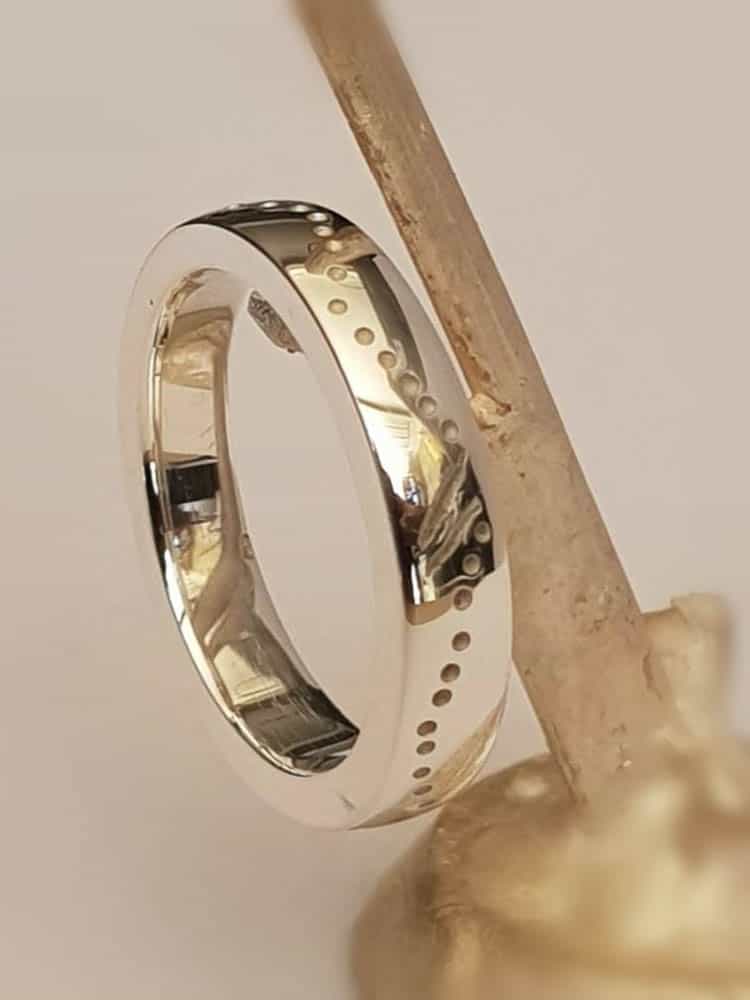
Andrew ‘kurina’ Gall, Finding Family, 2017, 925 Sterling Silver, Ring(Size US -7, Band 4mm thick x 4mm wide), photo: Zyana Waite
This ring was made as a gift for my sister Michelle, who searched for a family she had never met.
http://www.kurina-art.com.au/ and @kurina_art
Andrea Haffner (Ojai, CA)

Andrea Haffner, Veins and Threads, 2016, photograph of tomatillo husks, eucalyptus pods, found pod, wild mustard membranes, shell, resin, pigment, steel, 6 x 6 x 1.5in, photo: Andrea Haffner
I made this piece in an effort to understand someone who I found hard to know. I learned about her in the making, and keep it as both a reminder of some essence of her, and a reminder of my faith in process.
Alterfact – Lucile Sciallano and Ben Landau (Yesterday (2/5/2017))
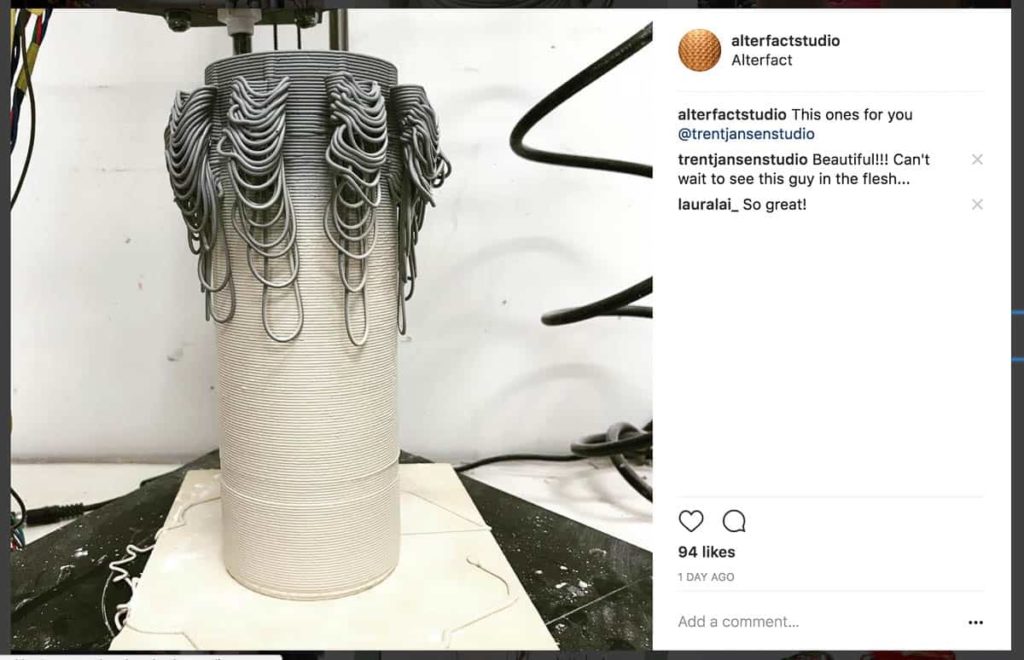
Alterfact, Vase for swap, 2017, 3d Printed Southern Ice Porcelain, 250 x 110 x 110mm photo: Ben Landau
We participated in an exhibition with Trent Janson, who approached us wanting to swap work. We ended up selling the piece he wanted to swap, so we remade this one that he picked out. This is a screenshot of our posting about the exchange on Instagram.
https://www.alterfact.net/ and @alterfactstudio
Abdul-Rahman Abdullah (Perth, Australia)

Abdul-Rahman Abdullah, The Accidental Traveller, a full scale hallway, 2015, 240x120x960cm with white floor boards, a front door, skirting boards and three chandeliers

Abdul-Rahman Abdullah, The Accidental Traveller, a full scale hallway, 2015, 240x120x960cm with white floor boards, a front door, skirting boards and three chandeliers
Much of my work looks at my own childhood and different ways of experiencing the natural and domestic environment. A big part of that focuses on the house I grew up in in the Perth suburb of Victoria Park. It was a 1923 built Californian bungalow common to the older Perth suburbs that was very haunted, we dealt with that in our own ways from a Muslim perspective. Within that Muslim perspective were the ideas of unseen entities (Djinn) and the body as a separate vehicle to the soul. I had quite a few very vivid encounters with inexplicable phenomena and this work looks out of body experiences, travelling through my house and encountering other beings. It only really happened unwittingly or by accident, hence the title The Accidental Traveller. It sounds pretty nutty but these things do happen. I wanted to recreate that sense of dislocation within a very familiar environment, putting an audience within that experience in my some way. The funding opportunity came up and I saw it as a way of exploring the work at the scale I needed to operate in without any particular exhibition objectives required. The work was shown about 18 months later in a curated exhibition of sculpture practices here in Perth. Grants and funding have been essential for me to pursue more ambitious objectives. Most of the work I make is not supported by any outside funding, I only apply if the project is significant enough with a confirmed, high profile outcome. Usually I go for funding for one major project per year. Otherwise my income is derived from artist fees, sales and public art projects. It’s a constant hustle to stay afloat.

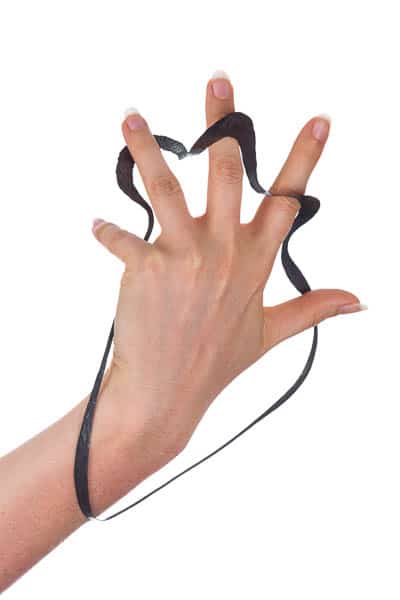


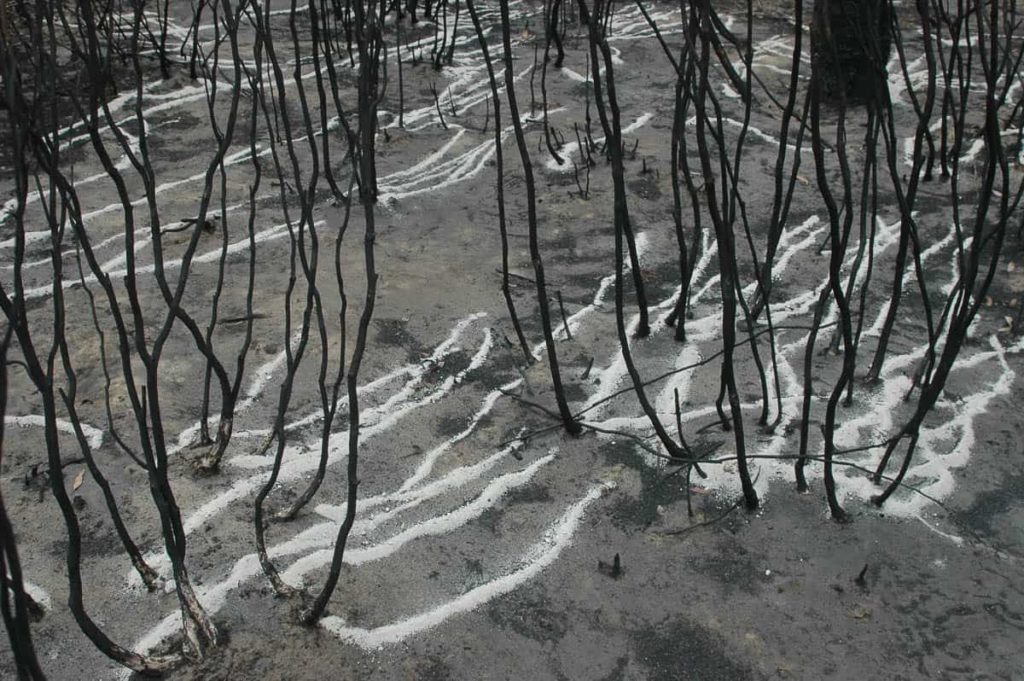



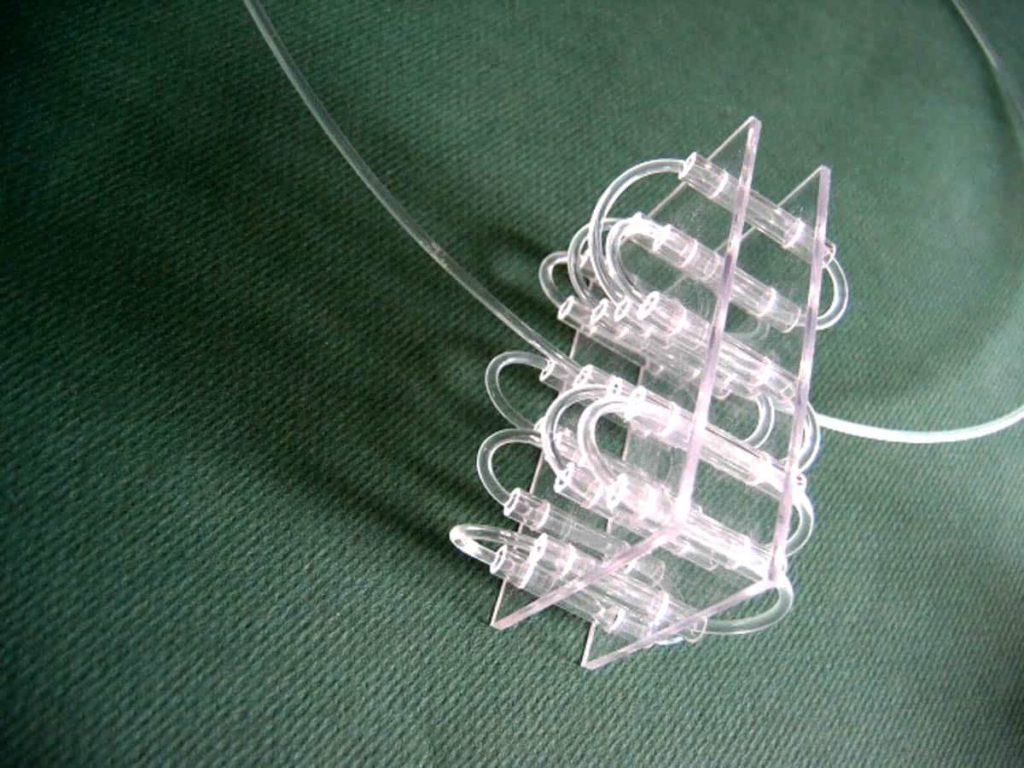
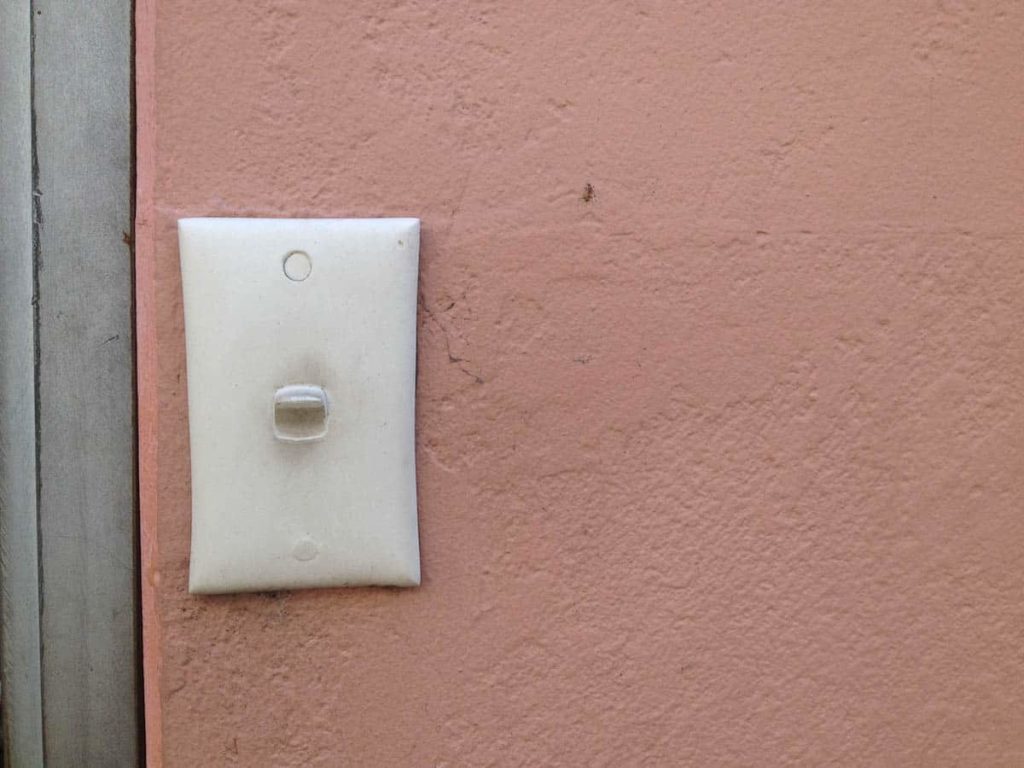
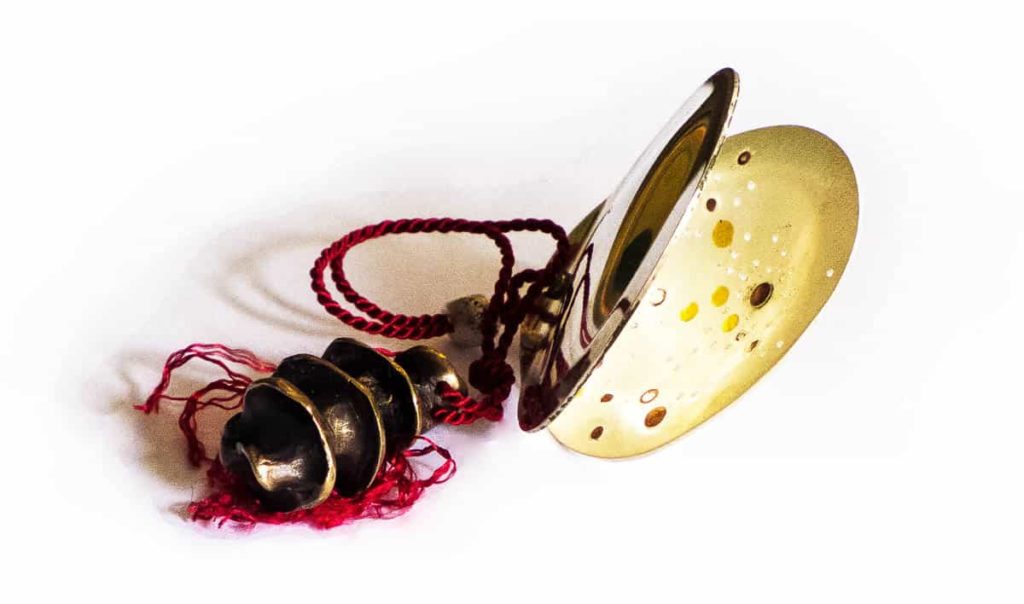
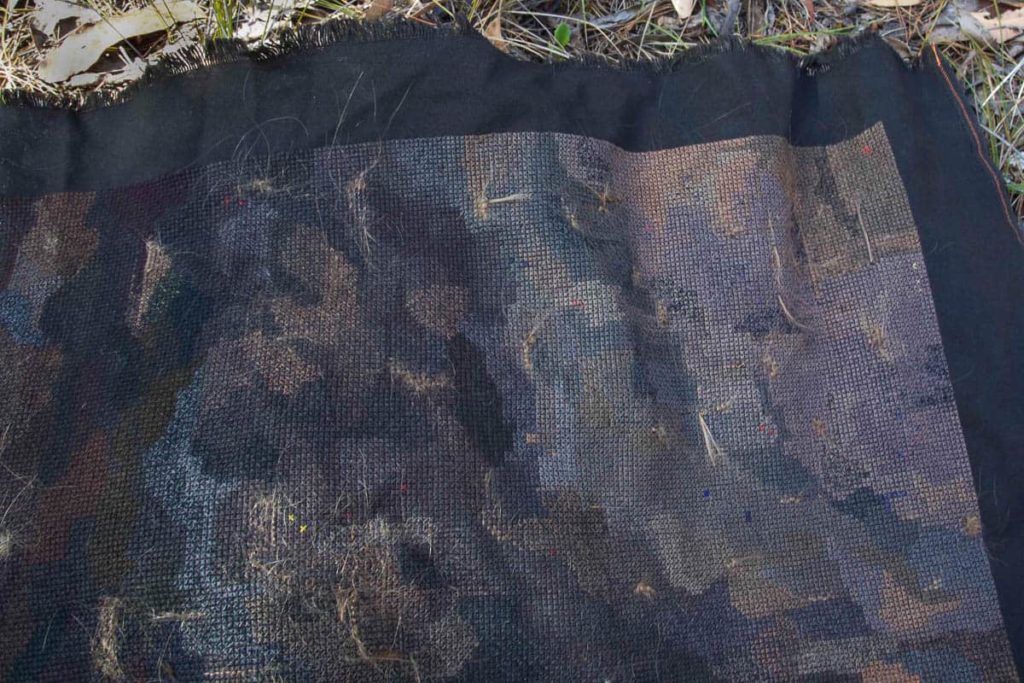

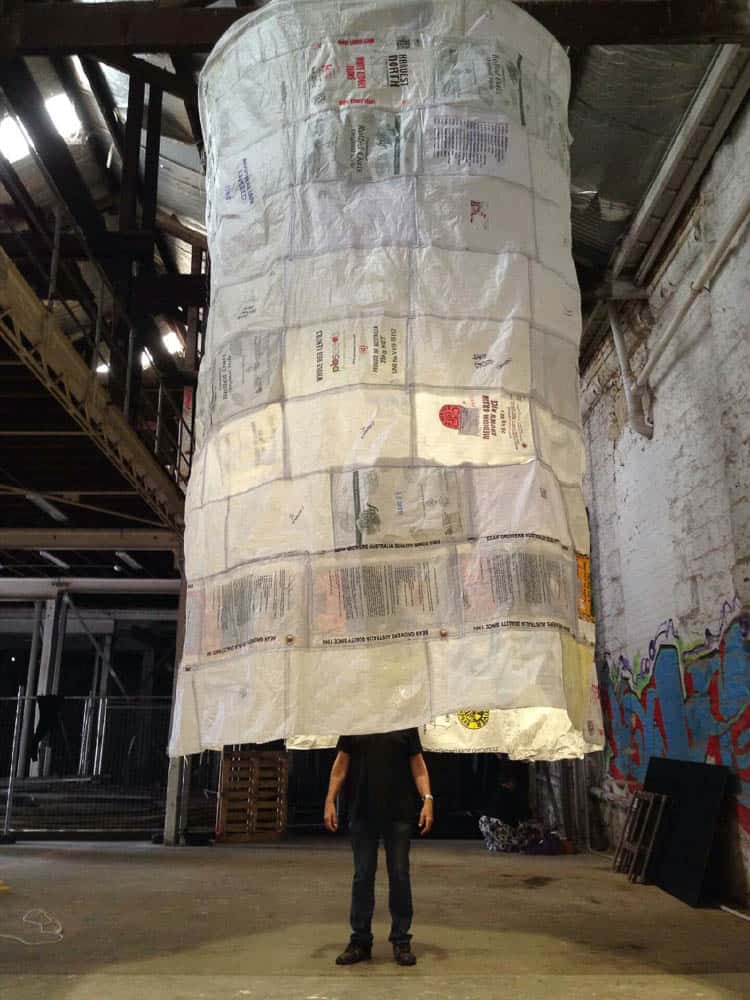


Comments
My heartiest congratulations to the artists who have exhibited in ‘Not for sale’. These artworks add a visual dimension to ‘Love & Money’, a subject that has been meticulously explored in the 7th issue. Expressed through various mediums, these works of art go beyond the duality of Love & Money. They successfully exhibit the power of emotions and sentimental value which, when associated to objects, makes them priceless and thereby, they very aptly, are ‘not for sale’.
This was fascinating! I loved seeing why people were not selling things in addition to the many beautiful and thought-provoking pieces.